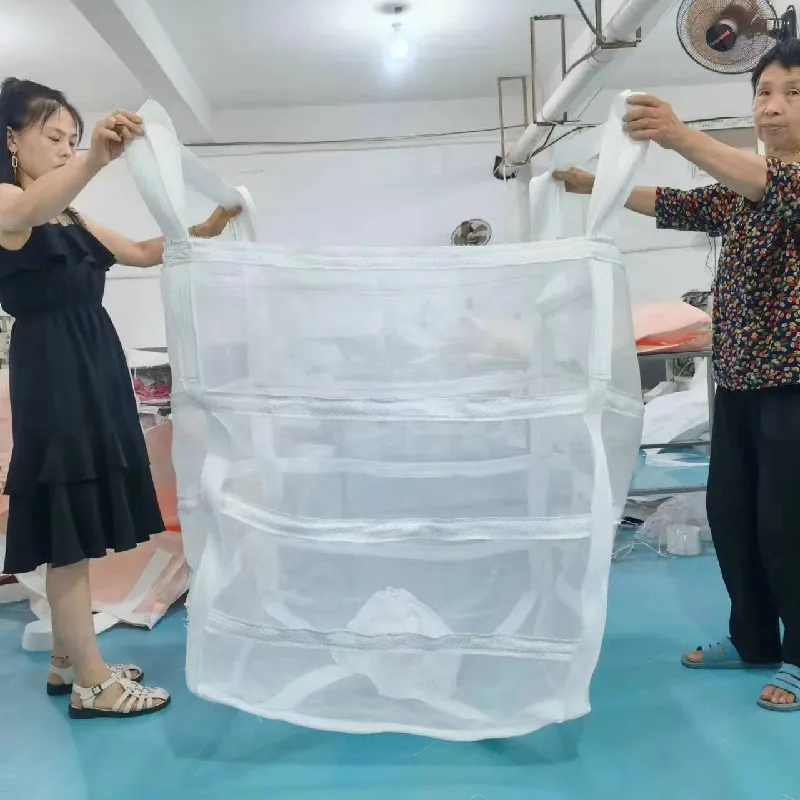-
 Afrikaans
Afrikaans -
 Albanian
Albanian -
 Amharic
Amharic -
 Arabic
Arabic -
 Armenian
Armenian -
 Azerbaijani
Azerbaijani -
 Basque
Basque -
 Belarusian
Belarusian -
 Bengali
Bengali -
 Bosnian
Bosnian -
 Bulgarian
Bulgarian -
 Catalan
Catalan -
 Cebuano
Cebuano -
 China
China -
 Corsican
Corsican -
 Croatian
Croatian -
 Czech
Czech -
 Danish
Danish -
 Dutch
Dutch -
 English
English -
 Esperanto
Esperanto -
 Estonian
Estonian -
 Finnish
Finnish -
 French
French -
 Frisian
Frisian -
 Galician
Galician -
 Georgian
Georgian -
 German
German -
 Greek
Greek -
 Gujarati
Gujarati -
 Haitian Creole
Haitian Creole -
 hausa
hausa -
 hawaiian
hawaiian -
 Hebrew
Hebrew -
 Hindi
Hindi -
 Miao
Miao -
 Hungarian
Hungarian -
 Icelandic
Icelandic -
 igbo
igbo -
 Indonesian
Indonesian -
 irish
irish -
 Italian
Italian -
 Japanese
Japanese -
 Javanese
Javanese -
 Kannada
Kannada -
 kazakh
kazakh -
 Khmer
Khmer -
 Rwandese
Rwandese -
 Korean
Korean -
 Kurdish
Kurdish -
 Kyrgyz
Kyrgyz -
 Lao
Lao -
 Latin
Latin -
 Latvian
Latvian -
 Lithuanian
Lithuanian -
 Luxembourgish
Luxembourgish -
 Macedonian
Macedonian -
 Malgashi
Malgashi -
 Malay
Malay -
 Malayalam
Malayalam -
 Maltese
Maltese -
 Maori
Maori -
 Marathi
Marathi -
 Mongolian
Mongolian -
 Myanmar
Myanmar -
 Nepali
Nepali -
 Norwegian
Norwegian -
 Norwegian
Norwegian -
 Occitan
Occitan -
 Pashto
Pashto -
 Persian
Persian -
 Polish
Polish -
 Portuguese
Portuguese -
 Punjabi
Punjabi -
 Romanian
Romanian -
 Russian
Russian -
 Samoan
Samoan -
 Scottish Gaelic
Scottish Gaelic -
 Serbian
Serbian -
 Sesotho
Sesotho -
 Shona
Shona -
 Sindhi
Sindhi -
 Sinhala
Sinhala -
 Slovak
Slovak -
 Slovenian
Slovenian -
 Somali
Somali -
 Spanish
Spanish -
 Sundanese
Sundanese -
 Swahili
Swahili -
 Swedish
Swedish -
 Tagalog
Tagalog -
 Tajik
Tajik -
 Tamil
Tamil -
 Tatar
Tatar -
 Telugu
Telugu -
 Thai
Thai -
 Turkish
Turkish -
 Turkmen
Turkmen -
 Ukrainian
Ukrainian -
 Urdu
Urdu -
 Uighur
Uighur -
 Uzbek
Uzbek -
 Vietnamese
Vietnamese -
 Welsh
Welsh -
 Bantu
Bantu -
 Yiddish
Yiddish -
 Yoruba
Yoruba -
 Zulu
Zulu
Exploring the Benefits and Uses of Garden Mesh for Your Outdoor Spaces and Plants
Understanding Garden Mesh A Essential Element for Thriving Gardens
When it comes to gardening, the right tools and materials can make all the difference in nurturing a healthy and vibrant garden. One such tool that has gained popularity among gardeners is garden mesh. This versatile material serves a range of functions, from protecting plants to supporting growth, making it an essential element in modern gardening practices.
What is Garden Mesh?
Garden mesh, often made from synthetic fibers, comes in various sizes, colors, and designs. Its primary function is to create a physical barrier that can serve numerous purposes. Whether you're looking to keep pests at bay, support climbing plants, or create a designated area for seed germination, garden mesh has you covered. It is available in different grades, allowing gardeners to select the appropriate mesh based on their specific needs.
Benefits of Using Garden Mesh
1. Pest Control One of the most significant advantages of using garden mesh is its ability to keep pests away from your plants. Insects like aphids and beetles can wreak havoc on young seedlings and blossoms. By placing mesh over your plants, you can create a protective barrier that allows sunlight and water to penetrate while keeping unwanted visitors out. This is particularly crucial during the growing season when plants are most vulnerable.
2. Support for Climbing Plants Garden mesh can also serve as a support structure for climbing plants such as beans, peas, and cucumbers. By installing vertical mesh trellises, growers can optimize space and encourage air circulation around the plants. This upward growth not only maximizes sunlight exposure but also helps prevent diseases associated with overcrowded foliage.
garden mesh

3. Soil Protection In addition to protecting plants, garden mesh can help safeguard the soil itself. When used to cover garden beds, it prevents soil erosion and minimizes weed growth while allowing moisture and nutrients to seep through. This feature is particularly advantageous in areas susceptible to harsh weather conditions or heavy rainfall.
4. Seed Germination For gardeners looking to start their plants from seeds, garden mesh can be instrumental during the germination phase. By laying the mesh over seed trays or plots, you can create a microclimate that retains humidity and warmth, providing the ideal conditions for seeds to sprout. Once the seedlings have developed, the mesh can be easily removed, allowing for unobstructed growth.
5. Versatility and Reusability Garden mesh is an incredibly versatile tool. It can be cut and adapted to fit various garden layouts, making it suitable for different types of gardening projects, from small balconies to larger backyard gardens. Additionally, it is reusable and often durable, able to withstand the elements across multiple growing seasons.
Considerations When Using Garden Mesh
While the benefits of garden mesh are numerous, it's essential to consider a few factors before incorporating it into your garden. Ensure that the mesh's size is appropriate for your plants. A mesh that's too small may block necessary light and airflow, while one that's too large might not effectively deter pests. Also, consider the material’s durability, especially in extreme weather conditions, to determine whether it’s suitable for your garden's specific environment.
Conclusion
Incorporating garden mesh into your gardening routine can yield significant benefits for plant health and productivity. This simple yet effective material can protect against pests, support climbing plants, and assist in seed germination while being adaptable for various gardening needs. By understanding how to best utilize garden mesh, you can enhance your gardening experience and cultivate a thriving and lush environment, leading to fruitful harvests in the seasons to come. Whether you're a novice gardener or a seasoned pro, garden mesh is a tool worth exploring in your gardening toolkit.
-
Shipping Plastic Bags for Every NeedNewsJul.24,2025
-
Safety Netting: Your Shield in ConstructionNewsJul.24,2025
-
Plastic Mesh Netting for Everyday UseNewsJul.24,2025
-
Nylon Netting for Every UseNewsJul.24,2025
-
Mesh Breeder Box for Fish TanksNewsJul.24,2025
-
Expanded Steel Mesh Offers Durable VersatilityNewsJul.24,2025











